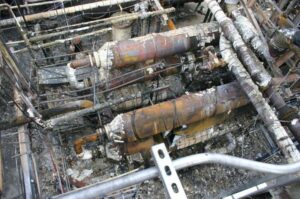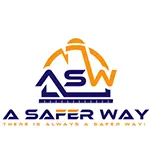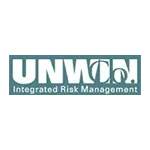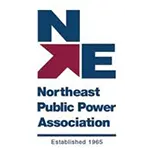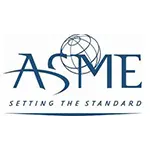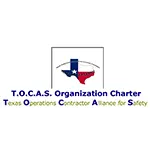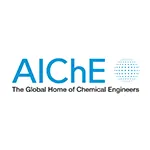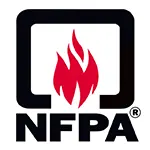Let us help you make sense of PSM / RMP!
My friend Brian Chapin will be offering an open-enrollment PSM/RMP class in Burleson, Texas, July 8th to 11th, 2025. Brian is an absolute pro in NH3 Refrigeration Process Safety. Anyone who attends will also get a FREE membership to SAFTENG. You can get more information on the class with this link.
CLICK HERE to Renew your Membership
CLICK HERE for a NEW Membership
CLICK HERE to see eligibility requirements for FREE Membership
If you have any questions, please contact m
SAFTENG has:
- Over 18,000 categorized unsafe acts/conditions and accident/injury photos
- Over 1,500 ppt's & doc's in the SAFTENG Library
- Over 4,000 Technical Articles on Process Safety, Emergency Response & OSH topics
- Over 450 videos (those not allowed on YouTube Channel)
Many THANKS to my NEW Members and those who CONTINUE to support SAFTENG:

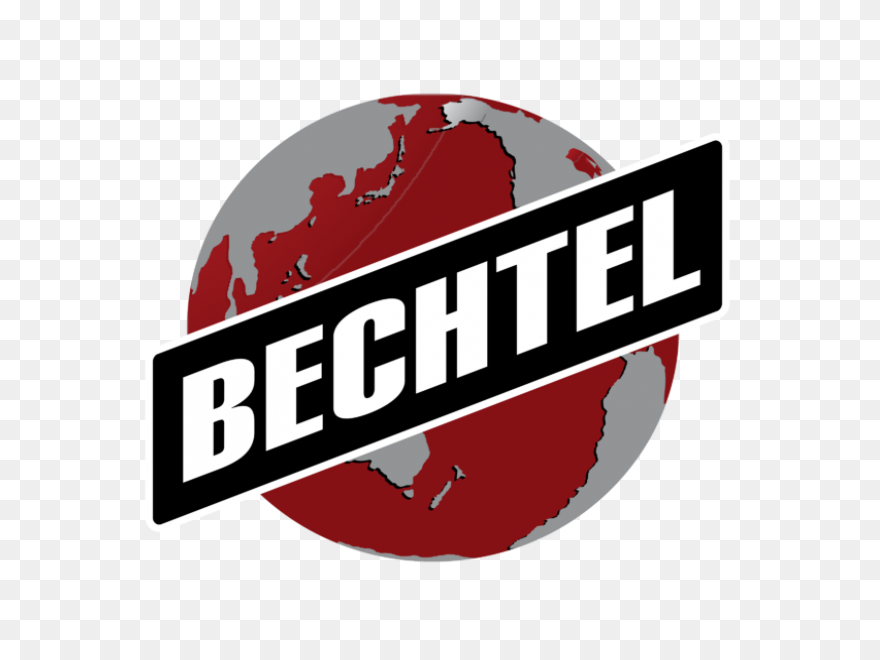







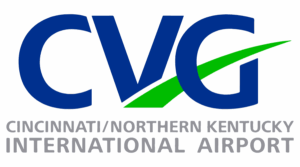

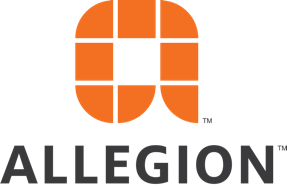
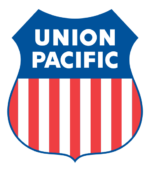
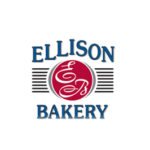
April 10, 2011
Install. Inspect. Protect. Smoke alarms save lives.
If your smoke alarm was installed more than 10 years ago, it needs to be replaced. Find Out More at the U.S. Fire Administration{apos}s web site. {amp}raquo;
Read More
April 10, 2011
One Year After Catastrophic Accident at the Tesoro Refinery the CSB Continues its Investigation into the April 2010 AccidentBoard Releases a Video Safety Message; Calls on Industry to Invest in Preventive Maintenance Marking the one year anniversary of the tragic accident at the Tesoro Refinery in Anacortes, Washington, the U.S. Chemical Safety Board (CSB) released a video safety message in which Chairperson...
Read More
April 9, 2011
Have you ever seen a fire extinguisher with a HAZCOM label (e.g., NFPA 704 or HMIS) and thought to yourself…that is overkill? Well, actually, it is not overkill, and it may be a requirement for the facility under the HAZCOM standard when the extinguisher contains a hazardous chemical. OSHA defines compressed gas as a physical hazard, and therefore, most, if not all, of your fire extinguishers,...
Read More
April 9, 2011
Workers were injured while vacuuming explosive dust inside a PRCS to clean out a natural gas processing unit.
…
HomeRead More »
Read More
April 9, 2011
Many THANKS to my NEW & RENEWING Corporate Partners in Safety! since 2005 since 3/2011 since 2007 since 3/2011 since 2/11 2011 Fatality Tracker Electrical 9 (2010 = 90) (2009 = 100) Forklift/Manlift Mobile Equipment 30 (2010 = 110) (2009=88) Mining 56 (2010 = 480) (2009 = 586) Explosions 57 (2010 = 246) (2009 = 302) Cranes 8 (2010 = 50) (2009 = 82) Falls 31 (2010 = 139) (2009 = 172) (2008...
Read More
April 9, 2011
First, let me say this upfront if your facility has not evaluated your local fire department’s rescue capabilities in the past 2-3 years, I STRONGLY ENCOURAGE it to do so ASAP. With the drastic swing in the economy and many cities on the brink of bankruptcy, I know of at least 50 FDs that have scrapped their special rescue teams and are relying on County or Regional wide teams to cover special...
Read More
April 8, 2011
When do I have to have a Confined Space rescue team? I get this question almost monthly, and it worries me that so many facilities struggle with such a critical analysis. It is not easy, but it could be a matter of life or death and deserves some explanation. In this post, I will walk us through the rationale of entry-style rescue vs. non-entry-style rescue and when each one would be REQUIRED. I am...
Read More
April 5, 2011
Let’s set the record straight… “Line of sight” is HALF THE REQUIREMENT, and this term is NOT in any official language from OSHA, nor does OSHA recognize it! We see this all the time…a LOTO procedure talks about cord and plug equipment not needing to be locked out if the worker is in the “line of sight” of the plug. Let’s look at the term “exclusive...
Read More
April 5, 2011
Can businesses use tagout when lockout can be used on the energy isolation device? Simply stated, locks MUST be used when they can, UNLESS the employer can demonstrate that their tagout will PROVIDE FULL EMPLOYEE PROTECTION.
Here is the exact language from 29 CFR 1910.147:
…
HomeRead More »
Read More
April 5, 2011
Is there a method to OSHA’s madness in regards to the PSM required operating procedures?
…
HomeRead More »
Read More


